
The Popol Vuh, the sacred Mayan book that teaches how to resist cultural impositions
From the creation of the world and until the colonization of the Spanish, the so-called Bible of Mayans is a colossal story to understand us as Latinos.
It says in the Popol Vuh, which many have defined as the Bible of the Mayans, that before the existence of the Earth, everything was silence and darkness. Until its creators, Tepeu and Gucumatz, shaped the trees, the animals, and ultimately human beings.
And they didn't make it from clay; that is, a very primitive version, but since it couldn't walk or reproduce, they finally chose to make it from corn, which was the central food of Mesoamerica.
"The time has come for the sun to rise, for the work to be completed", said Tepeu and Gucumatz, and then Utiú (coyote), Quel (parrot), Yac (wildcat) and the Hoh (crow) carried the cobs from which women and men sprouted.
At least that's what the sacred book tells us, which is believed to have been transmitted orally until the 16th century, when the K'iche' nobles decided to put it in writing. A century later, the Spanish priest Francisco Ximénez transcribed it into Spanish, when the Spaniards were already settled in Central America.
But notice the irony. Even though it is a major book to understand ancestral Mayan thought and culture, it is not well known among other stories with which it is compared, such as Homer's Odyssey, the aforementioned Bible, or even the Nordic sagas. And it had to be a Spanish invader that popularized it, even though the same book ended with the arrival of the Spaniards, which was the Apocalypse for a whole civilization.
RELATED CONTENT
For Stavans, author of Popol Vuh: A Retelling, the fact that this colossal epic poem has gone unnoticed in comparison to other accounts of cosmogonies is due in part to European supremacy. "The Spanish Empire prevented these narratives from being recognized as legitimate. And Mexico and Central America have not invested in them wholeheartedly, keeping them at best as museum artifacts," the researcher told NBC's Arturo Conde.
And referring to the Spanish priest who translated it, he argued that "the preservation of the Popol Vuh is a story about the oppression, survival and resistance of indigenous people. But it also shows how the colonizers can have within themselves the ability to rescue a culture, to give voice to a people as an outsider."
In fact, it is not only the stories found in the Popol Vuh — 'popol' meaning meeting or council and 'vuh', paper — that populate our imagination with extraordinary mythological feats about ball games between heroes and gods of the underworld or the mysterious genealogy of the K'inche', that were destroyed with the arrival of the Spanish, but a fundamental piece in understanding how the indigenous peoples that cover a territory that extends today from Mexico to Guatemala, through Honduras, El Salvador and Costa Rica, faced the European colonizers fighting to maintain their own culture.
Recovering its reading, as did great indigenous writers like Miguel Angel Asturias, a precursor of magical realism, is much more than setting foot in the past; it means re-appropriating the roots and opening the door to an unconscious imaginary that, if we believe Gustav Jung, the father of analytical psychology, is in us and with us as Latinos. Glued to our soles and in the most remote places of our mind, which is a dream and speaks through symbols.
To resist is to remember.


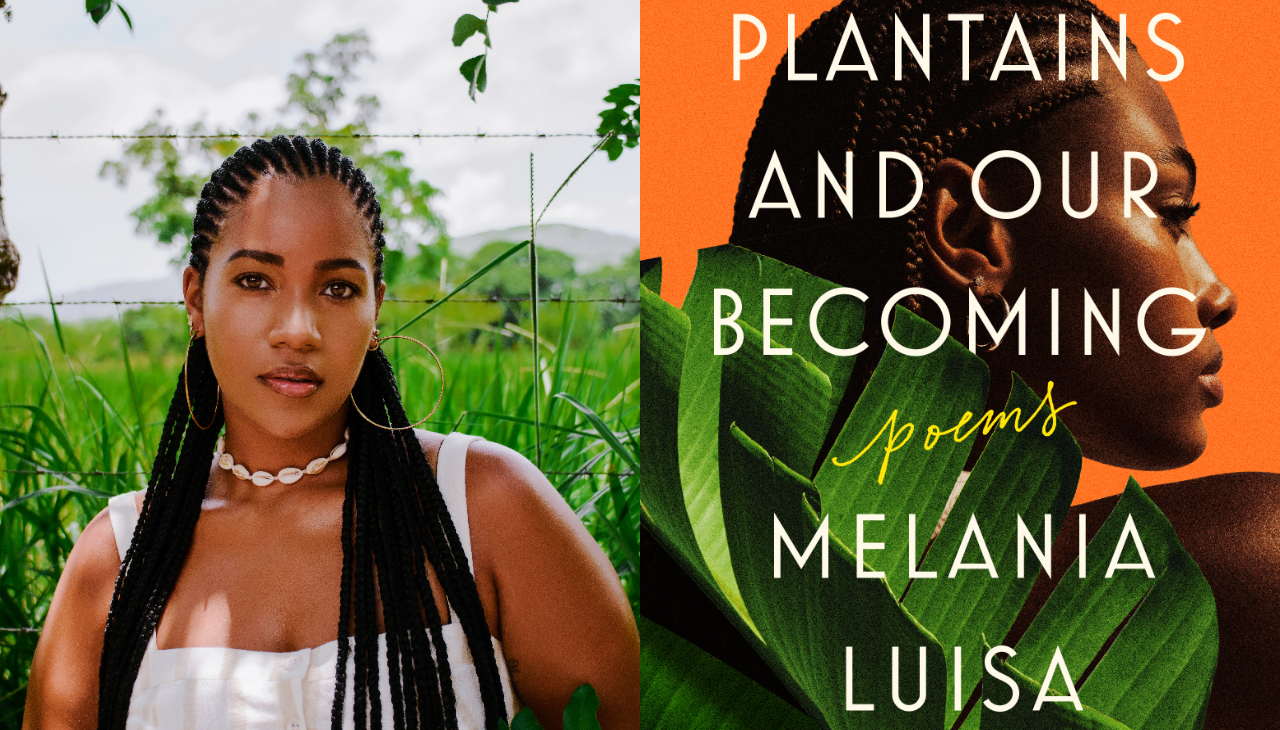
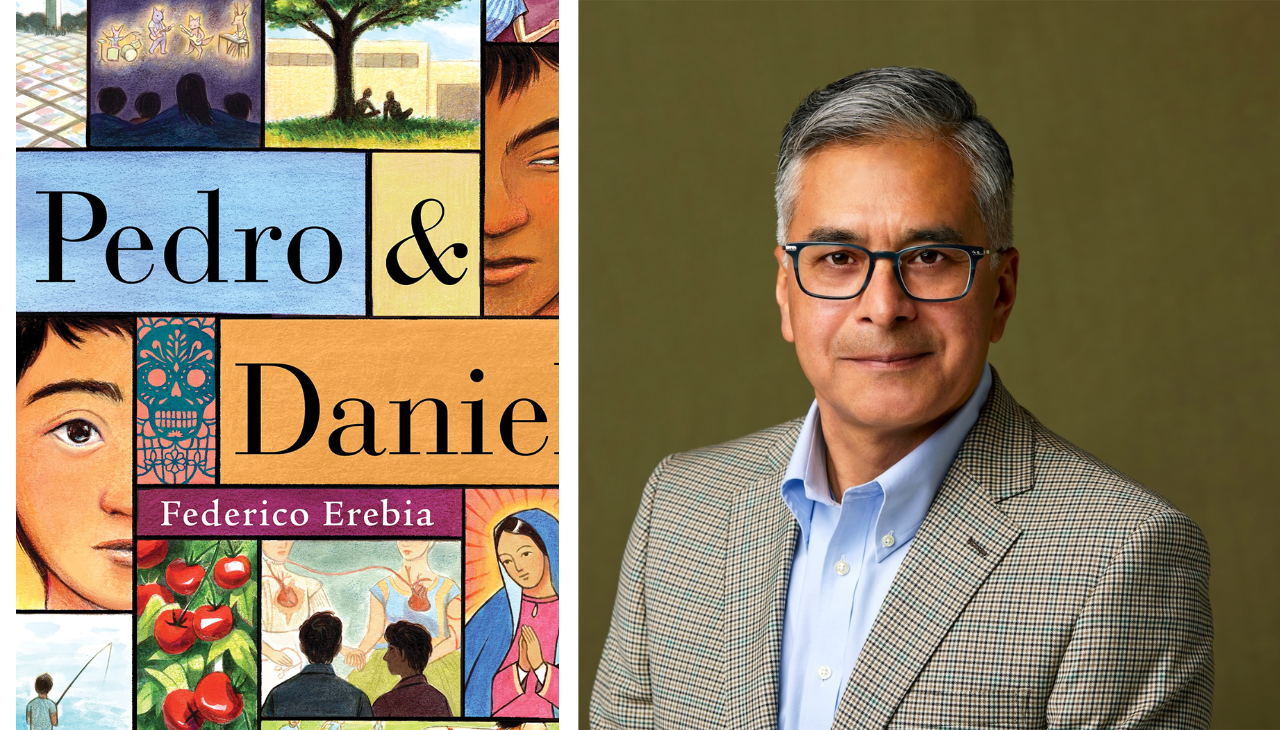
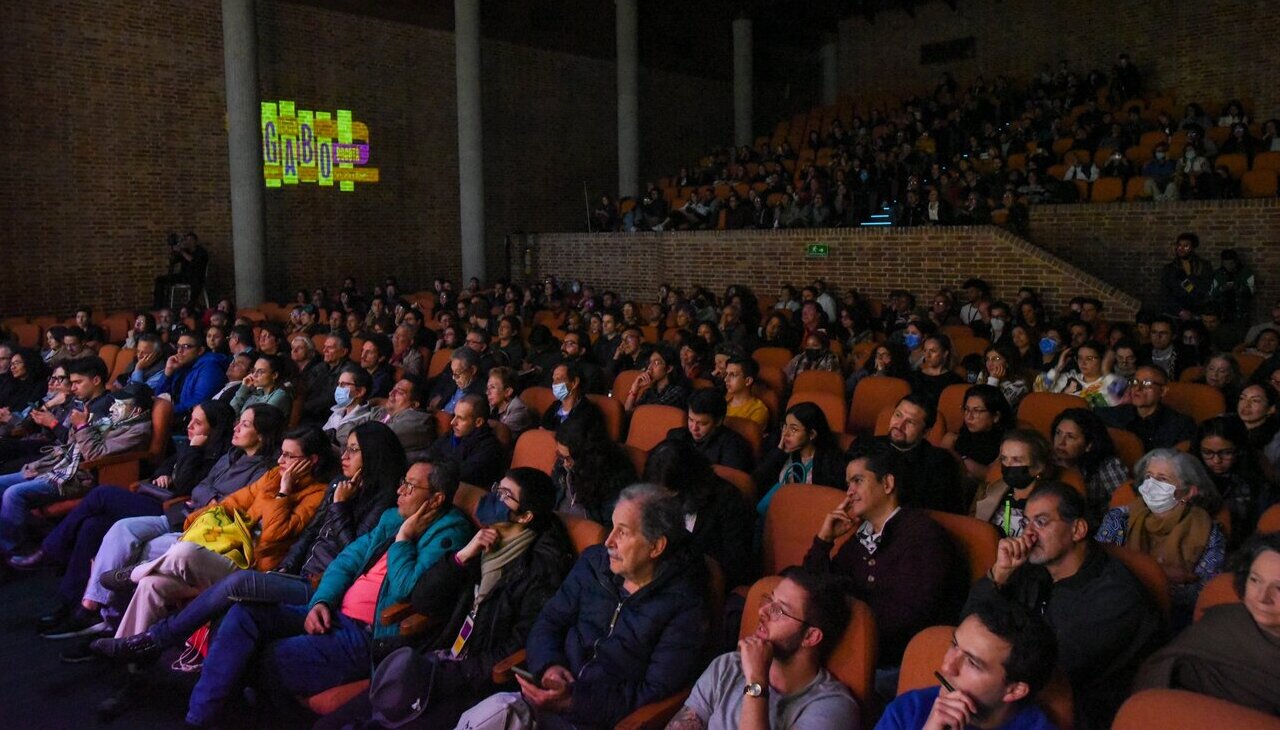
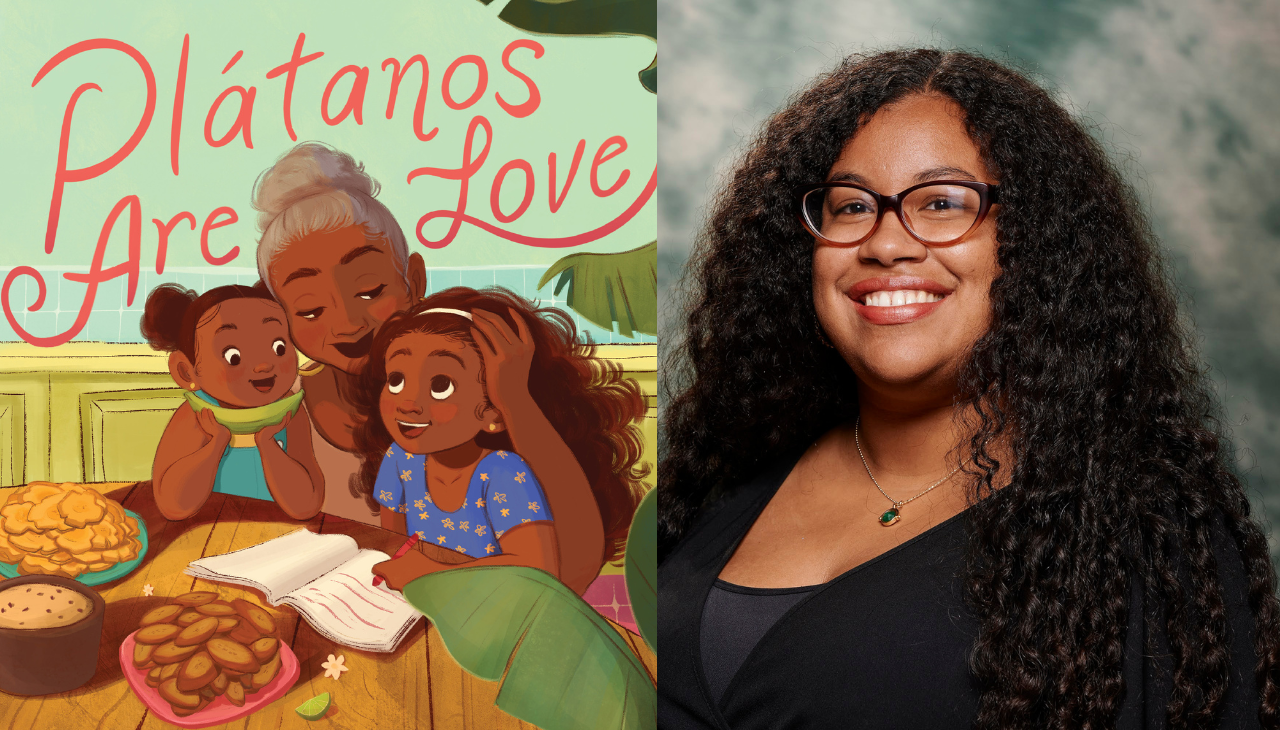
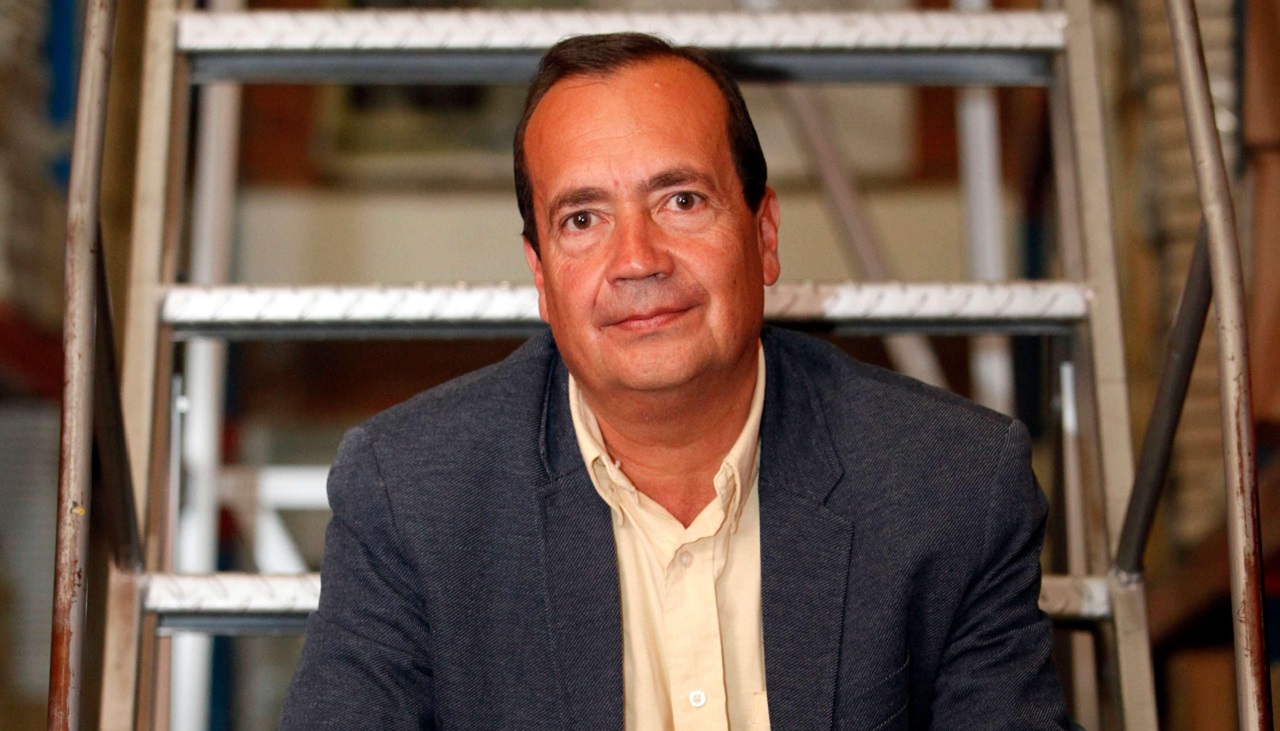


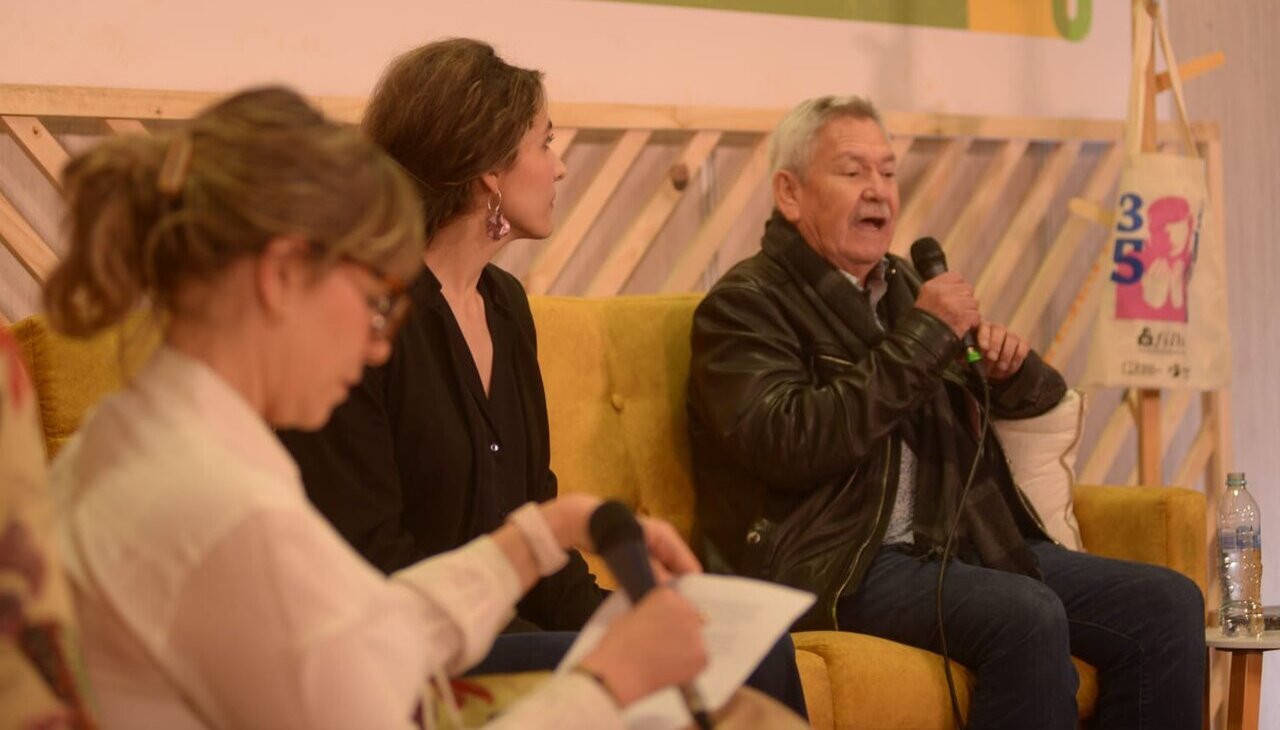

LEAVE A COMMENT:
Join the discussion! Leave a comment.